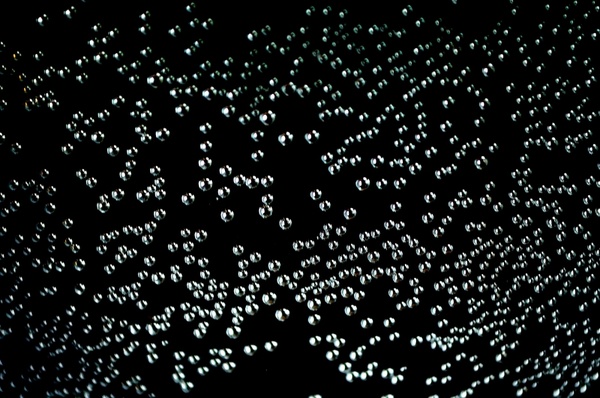It’s becoming somewhat of an inside joke among my friends to exchange tips of our trades. Of course I am one to barter wine information for thought-provoking conversations in medicine, food, agriculture, law, finance and just about all life offers. Over the past several weeks of holiday celebrations, many of the questions asked of me were about Champagne. So, with the celebratory theme sure to be a part of next week’s chats I searched out a few conversation starters involving Champagne that you may want to use.
- The pressure in a bottle of Champagne is 70 to 90 pounds per square inch. That is three times the average amount of pressure in your car tire. This is not just a notable piece of trivia but a dangerous fact to keep in mind when opening a bottle.
- Legend has it that Marilyn Monroe at least once took a bath in Champagne, using 350 bottles to fill her bathtub. That’s 262.5 liters, which would fill an average bath of 270 liters to the top. Since the average woman would displace around 50 liters of liquid it would seem either Marilyn wasted 66 or so bottles of Champagne or she was in a very big bath.
- Gout de Diamants’ Taste of Diamonds Champagne was released with a price tag of $1.8 million. The bottle was adorned with Swarovski crystals in the center of a diamond-shaped pewter design resembling a Superman logo. It was a limited edition bottle designed by Alexander Amosu and was one of the most expensive bottles of bubbly in the world.
- If you find yourself in need of instructions to build a Champagne flute cascade for your New Year’s party, here’s what you’ll need: Base level — 60 glasses, Level one — 30 glasses, Level two — 10 glasses, Level three (top) — 4 glasses.
- On average, 28,000 bottles of Champagne are served at Wimbledon each year.
- How many standard 750-mL bottles’ contents would fit in these unique bottle sizes? Nebuchadnezzar (20 bottles), Balthazar (16 bottles), Salmanazar (12 bottles) Methuselah (8 bottles) Jeroboam (4 bottles) Magnum (2 bottles)
- For my technically scientific friends: The patterns and bubbles in the glass are a vibration rate of the gas trapped at the nucleation point and the growth rate of the bubbles outside. There are actual teams of experts offering complex equations to explain this differential pattern.
And now here’s what to drink while you’re impressing your friends with your newfound Champagne trivia.
THE VALUE
- NV Lucien Albrecht Rose Cremant d’Alsace, France (about $21 retail)
THE SPLURGE
- NV Piper Heidsieck Brut Reims, France (about $40 retail)
